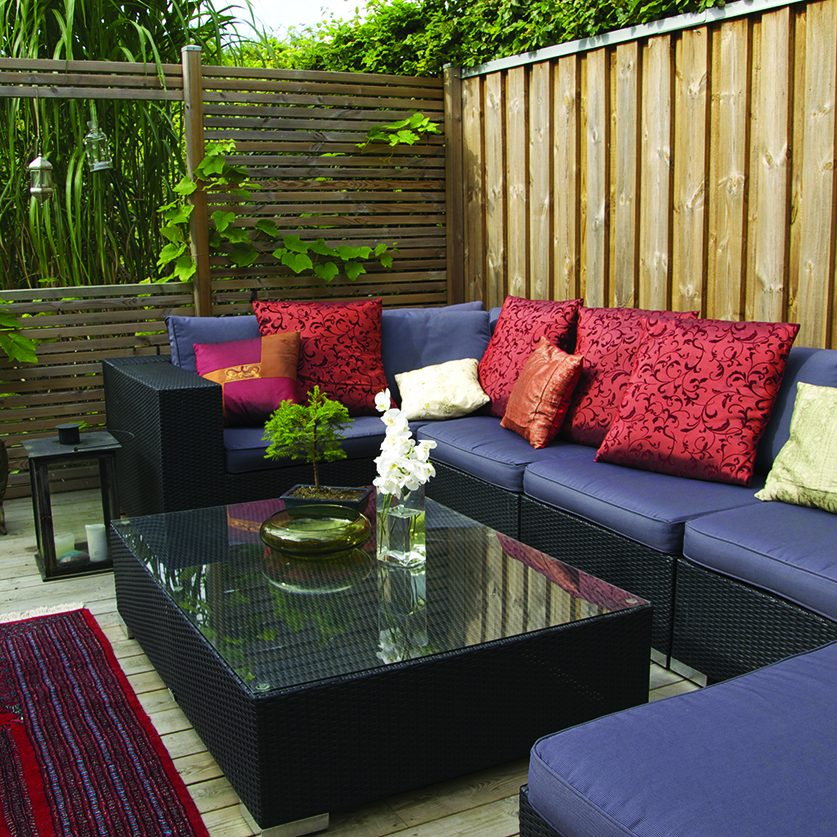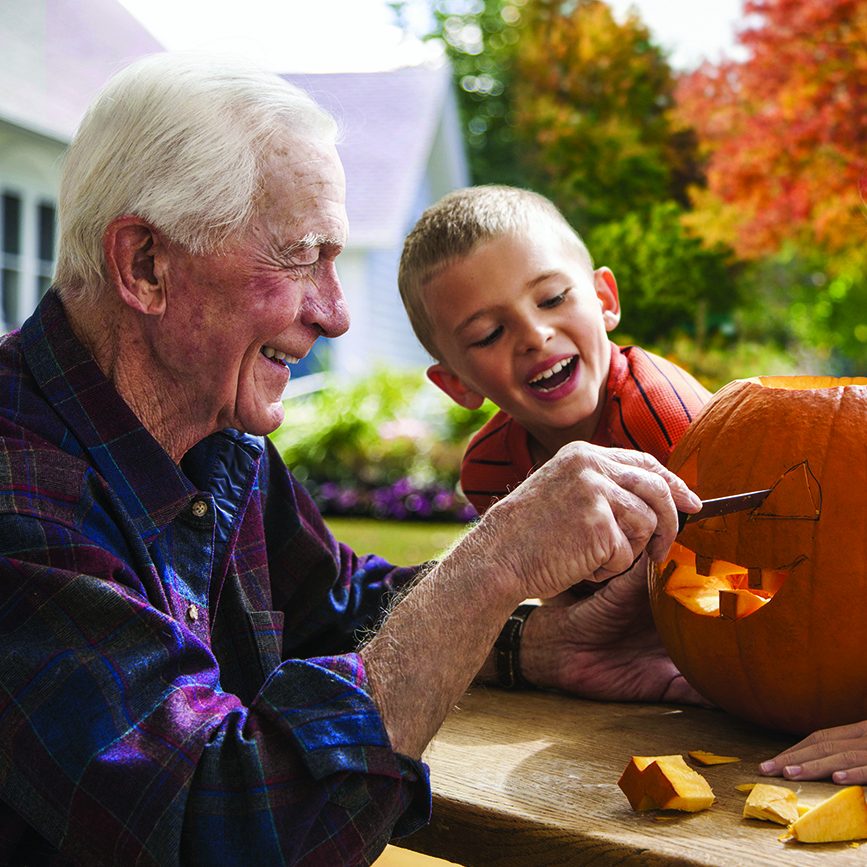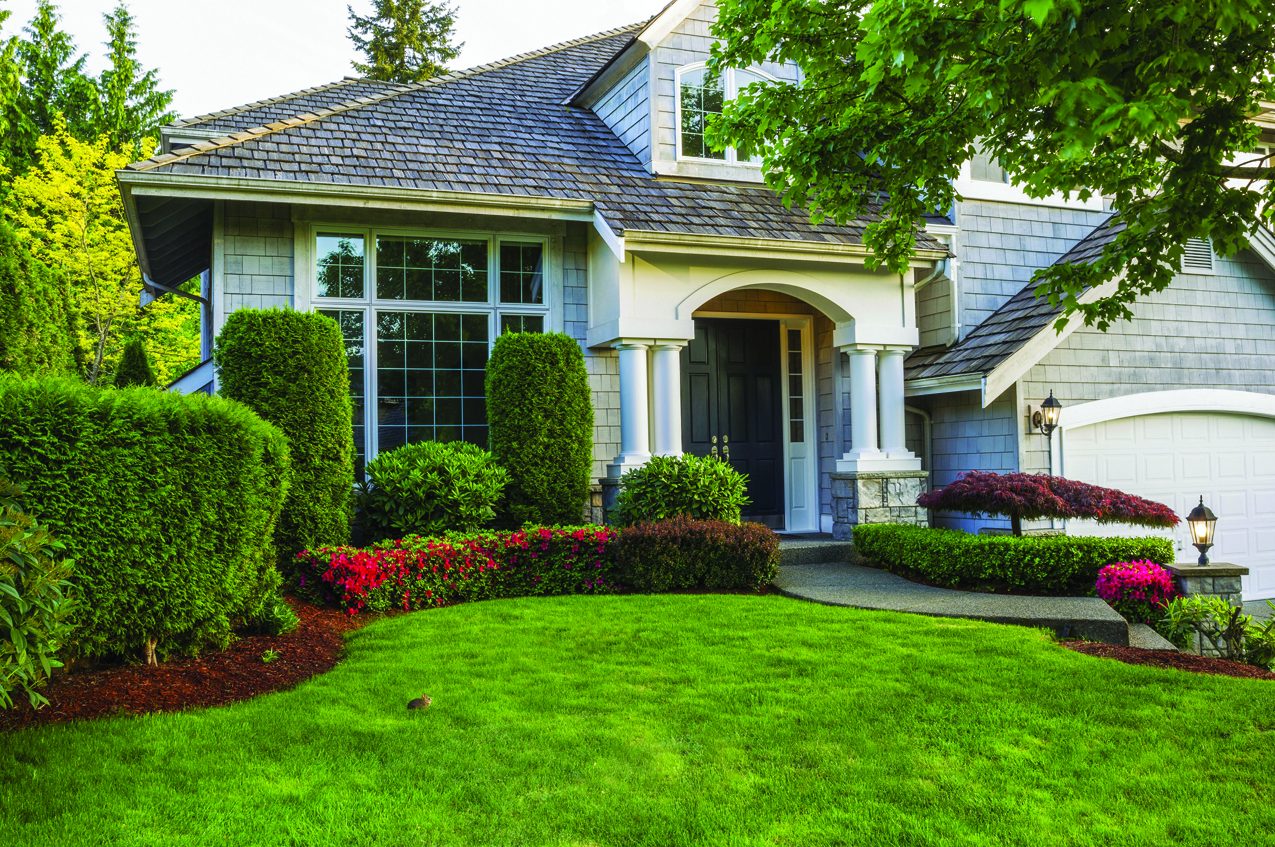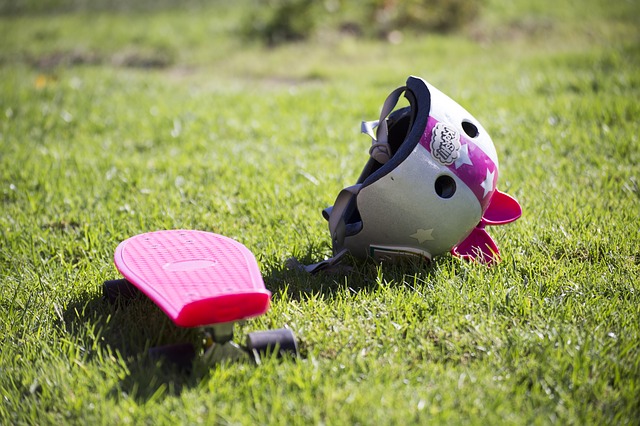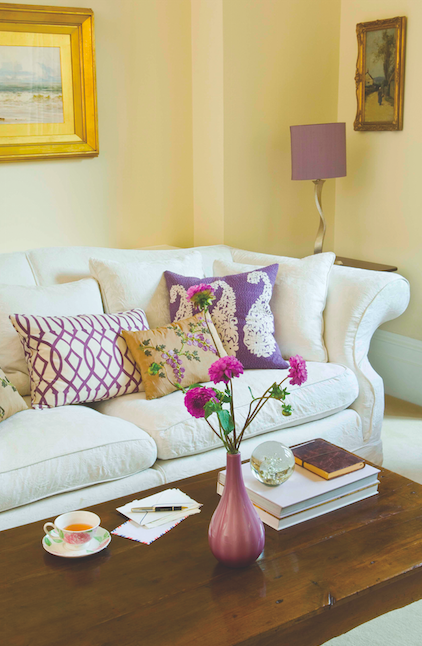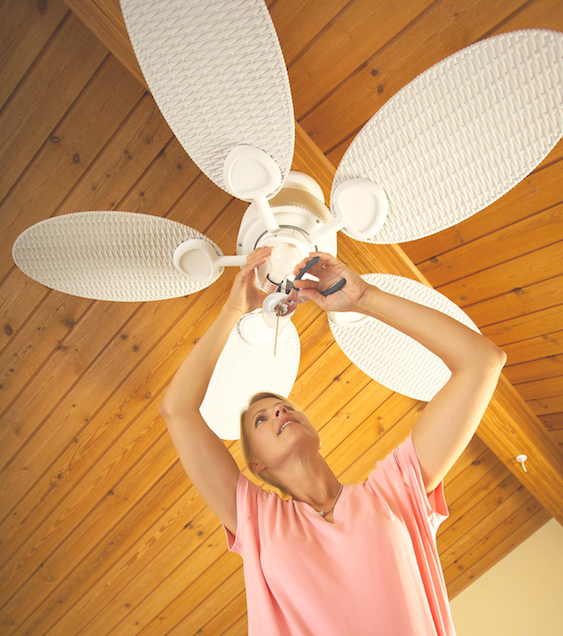Mother’s Day is a special time for children to show their appreciation for their mothers, grandmothers and the other special women in their lives. Older children typically are capable of designing their own Mother’s Day crafts or even shopping for gifts for Mom, while younger children will likely need some help from an adult.
Youngsters may not be able to take charge of Mother’s Day festivities alone, but they certainly have the energy and enthusiasm to chip in. Handmade craft gifts are a thoughtful way for young kids to show their love for Mom. Here are a few ideas that can occupy even the youngest of hands.
Handprint Butterfly Photo Card
All that is necessary for this craft is a printed photograph of the child’s face, paper, scissors, glue, and finger paints. The child should dip hands into the paint and make four handprints on paper in some preferred colors. When dry, cut around the perimeter of the handprints. These will serve as the “wings” of the butterfly. Glue the picture of the child’s face in the middle of a piece of paper or card stock. Draw a butterfly body underneath it (or print out a stock image to use). Draw antennae sticking out of the child’s head and attach the handprints around the head and butterfly body to make the wings.
Heartfelt Masterpiece
Children can draw and color all over a large sheet of construction paper or another durable paper. An adult can then use another sheet of paper to make a frame mat of sorts, cutting out a heart shape from the middle. Both pieces of paper are then trimmed to the dimensions of a photo frame. The artwork is placed first and then the heart matting on top so that the artwork will show through the heart shape. Frame everything together for a lasting memento.
Fuzzy Flowers
Kids can make Mom a bouquet of flowers that will never wilt. Print a photo of the child’s face and attach it to a piece of circular card stock that is roughly six inches in diameter. Have the child paint a popsicle stick green, and then attach that to the back of the round card stock. The child then glues small fuzzy pom poms to the card stock surrounding the picture to make a flower. If desired, attach a magnet to the back of the flower so it can be secured to the refrigerator.
Crafts are a great gift option for young children looking to give something special to Mom on Mother’s Day.


